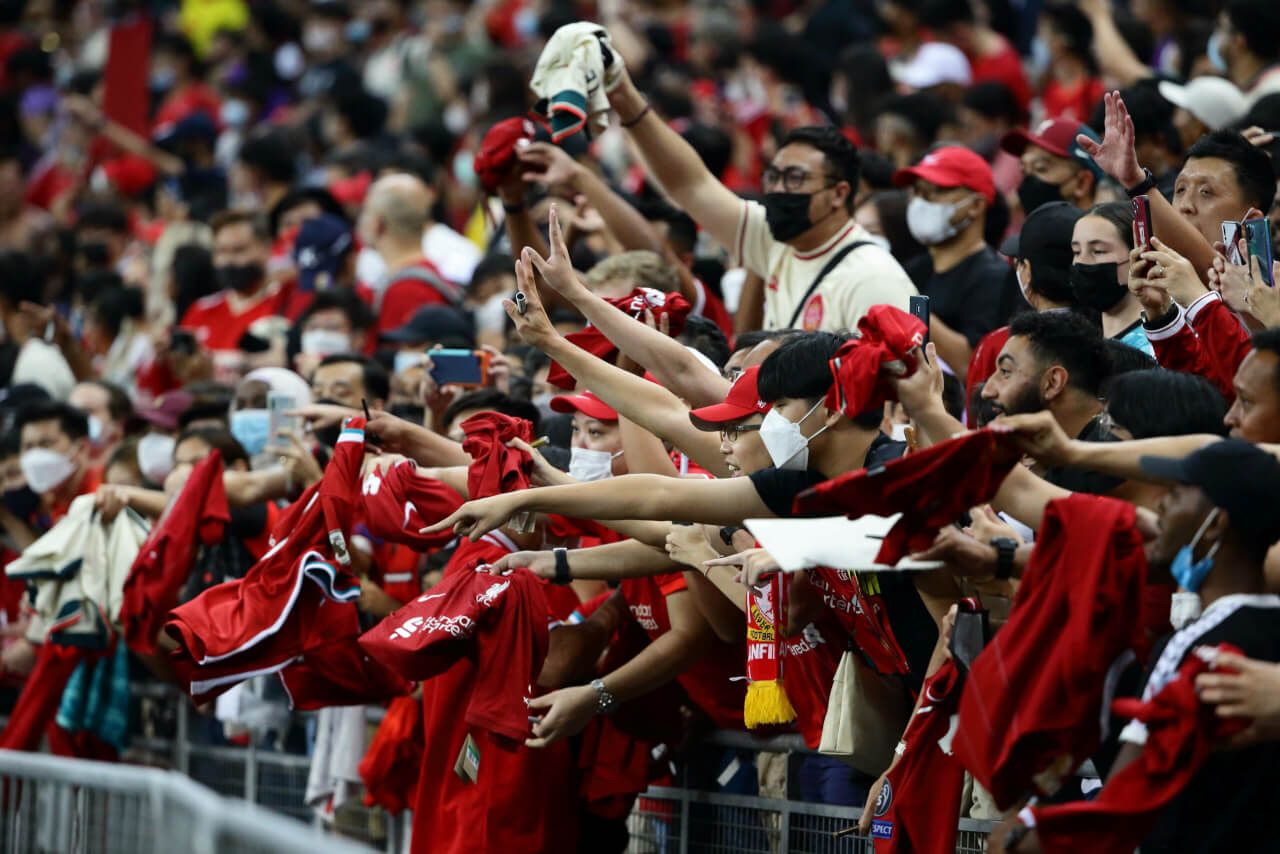The relationship between UK football fans and media has undergone a transformation in recent decades. The gap that existed between fans and media that was covered by newspapers and radio is now a complex, multi-faceted digital system filled with blunders, paywalls, and restrictions. Today, football fans have more hurdles in accessing content than at any other time in history. However, as to be expected of loyal fans, they come up with ways to get around such hurdles.
From Terraces to Digital Spaces
Truly, the passion for football in the UK comes from active community engagement. According to the research cited, the late 1980s to early 1990s was a boom period for digital innovation, with the advent of satellite television, the expansion of the internet, and mobile devices, which completely transformed how people accessed media.
Prior to these digital transformations, fans depended on their local newspapers which provided fans a platform to reach out to the publication through letter pages. As one can tell, this was completely one-sided; fans were instead being reinforced as consumers. As research described, “Many supporters were passive consumers for a considerable stretch of time. While the advent of radio and television undoubtedly helped, it was still a long time before active participation surpassed passivity.”
The Digital Disappointment
The promise of access and interaction provided by digital platforms was unparalleled. The introduction of more content and the chance for fans to be further involved was certainly appealing. It appears, though, that things are not that straightforward.
The followers of football from the United Kingdom in the modern age encounter restrictions of endless sorts:
- Fragmented Content Rights: To track their favorite team, fans would need subscriptions to Sky Sports, BT Sport, Amazon Prime, and other streaming services, which would cost upwards of £80 a month.
- Geographical Blackouts: Paying subscribers also face aggravating blackouts at 3 pm on Saturdays or regionally imposed restrictions.
- Strict Age Verification: Despite being well-meaning, enhanced verification processes act as extra obstacles to consumer content access.
- Rising Subscription Costs: During the 2023-24 season, most platforms increased subscription prices by an average of 12% per season, which is significantly higher than inflation for the demand.
One survey among fans discovered that 73% of users believe they’re paying “too much for too little” relating to their access to football content.
Alternative Access Culture Re-Adaptation
The restrictions placed on UK football cannot remain undefeated. Due to the hit taken towards them, they shift towards foreign international supporters who are known to cover football matches more generously as compared to local channels.
Increasingly, fans are turning to international platforms that offer more comprehensive coverage without the same level of restrictions. Some of these services listed here provide access to matches, commentary, and communities that domestic platforms often restrict. Many of these alternatives operate under different regulatory frameworks, allowing them to offer more flexible access options.
But adaptation goes beyond seeking new platforms. New forms of ‘active’ fandom are quickly on the rise. Engaging with media is not passive anymore. As noted, many fans have fallen into the category of ‘active’ and even ‘interactive.’
The Rise of Fan-Created Content
One of the most astounding forms of the response to restriction has undoubtedly been the rise in fan-created content. Fans do not just passively consume; they actively generate content.
The growth in fan podcasts is astounding. It has grown by 300% since 2018. Some now boast audiences equal to that of radio shows. Supporters’ YouTube channels now regularly get millions of views, discussing and analyzing matters that were once the preserve of TV stations.
62% of the fans surveyed indicated that club-specific social media pages had emerged as reliable news outlets for them. This phenomenon illustrates what media scholars refer to as the shift from a behavioral paradigm (which rested on fans’ information reception) to that of a “spectacle/performance” paradigm, where fans have become discerning and sophisticated in how they consume.
Conclusion
UK football content consumption is changing quite fast. While the limitations and access paywalls frustrate supporters, these limitations are also helping to dramatically change how they relate to the sport. Supporters are now transforming from passive consumers to active participants by looking for alternative sites, creating more content, and demanding more user-friendly media relations.
As this evolution is bound to continue, there will be greater shifts in the direction of the take and die-hard fans of content, which backend is more likely to lead to a free accessible digital space in the future that will be more beneficial for the primary users of football, which are indeed the fans.




